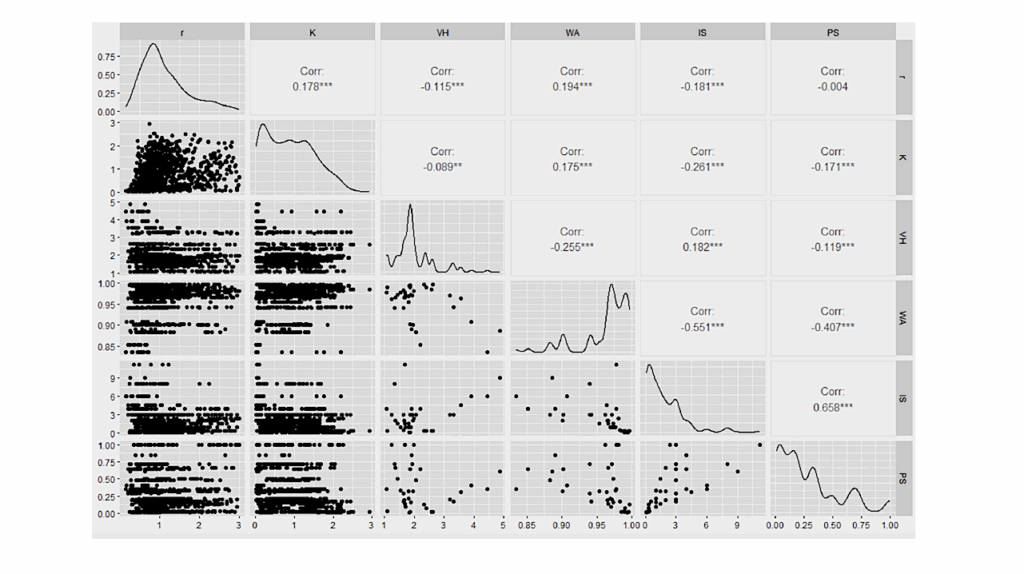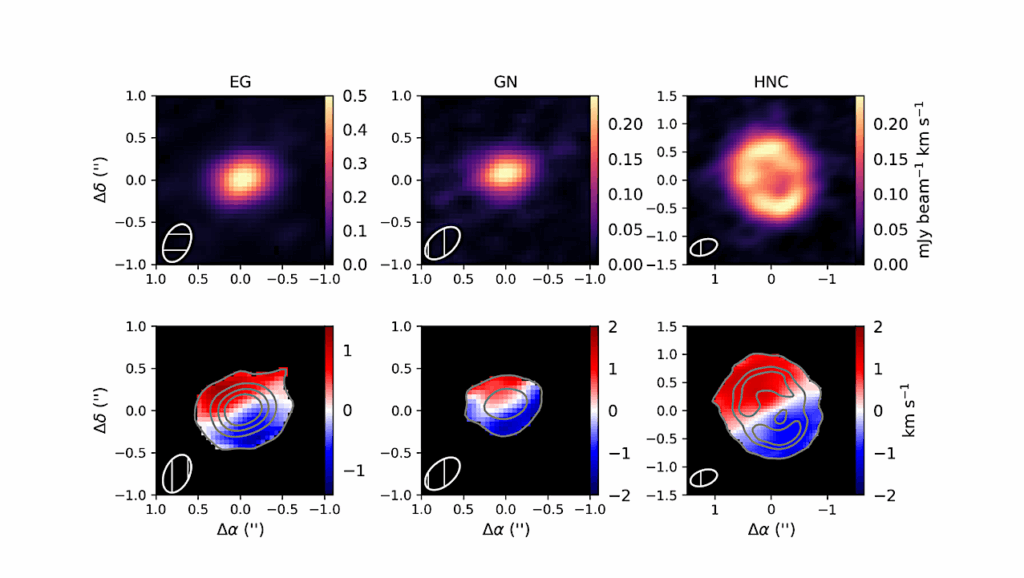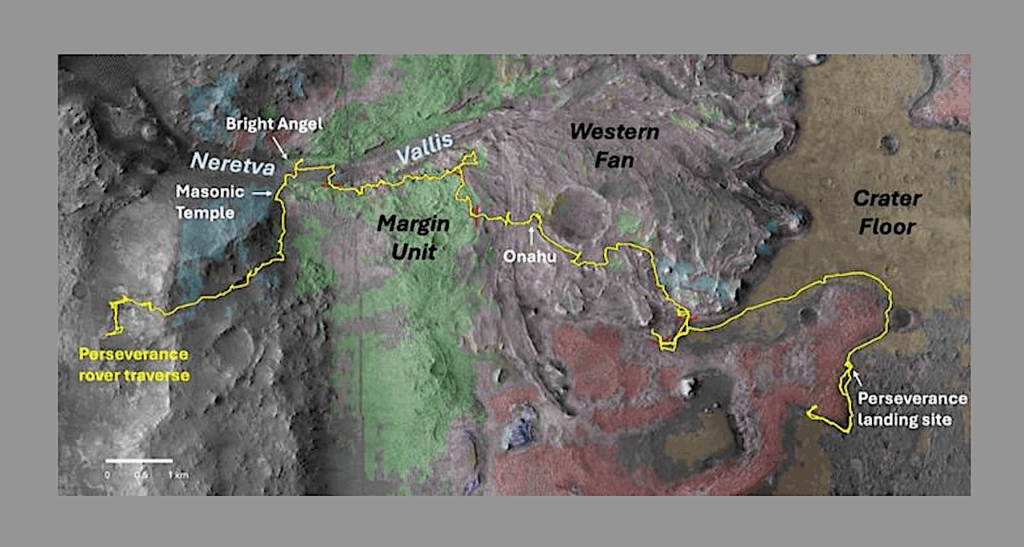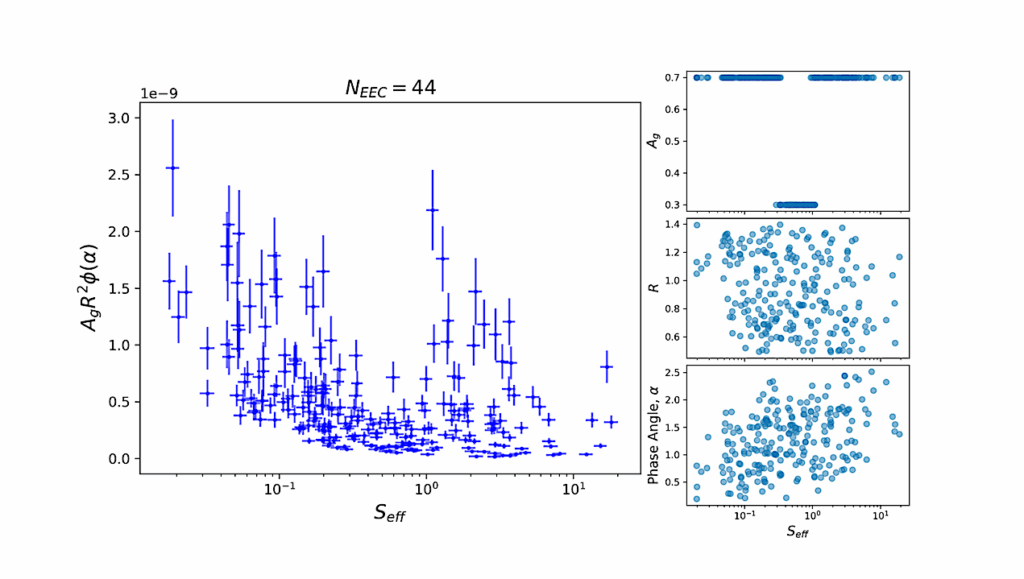Oceanic Superrotation on Tidally Locked Planets

Is there oceanic superrotation on exoplanets? Atmospheric superrotation, characterized by west-to-east winds over the equator, is a common phenomenon in the atmospheres of Venus, Titan, Saturn, Jupiter, and tidally locked exoplanets.
The stratospheric atmosphere of Earth is also superrotating during the westerly phase of the quasi-biennial oscillation (QBO). However, whether the same phenomenon can occur in ocean is poorly known. Through numerical simulations, here we show that oceanic superrotation does occur on tidally locked terrestrial planets around low-mass stars. Its formation (spun-up from rest) is associated with surface winds, the equatorward momentum convergence by Rossby waves, and the eastward propagation of Kelvin waves in the ocean. Its maintenance is driven by equatorward momentum transports of coupled Rossby-Kelvin waves in the ocean excited from the uneven stellar radiation distribution. The width of the superrotation is mainly constrained by the Rossby deformation radius in the ocean, while its strength is more complex.
Many factors can influence the strength, including planetary rotation rate, stellar flux, greenhouse gas concentration, seawater salinity, bottom drag, and a scaling theory is lack. This work confirms that superrotation can occur on tidally locked terrestrial planets with seawater oceans and suggests that it may also occur on tidally locked hot planets with magma oceans that will possibly be observed in the near future.
Yaoxuan Zeng, Jun Yang
Subjects: Earth and Planetary Astrophysics (astro-ph.EP)
Cite as: arXiv:2101.11784 [astro-ph.EP] (or arXiv:2101.11784v1 [astro-ph.EP] for this version)
Submission history
From: Yaoxuan Zeng
[v1] Thu, 28 Jan 2021 02:39:47 UTC (20,507 KB)
https://arxiv.org/abs/2101.11784
Astrobiology








